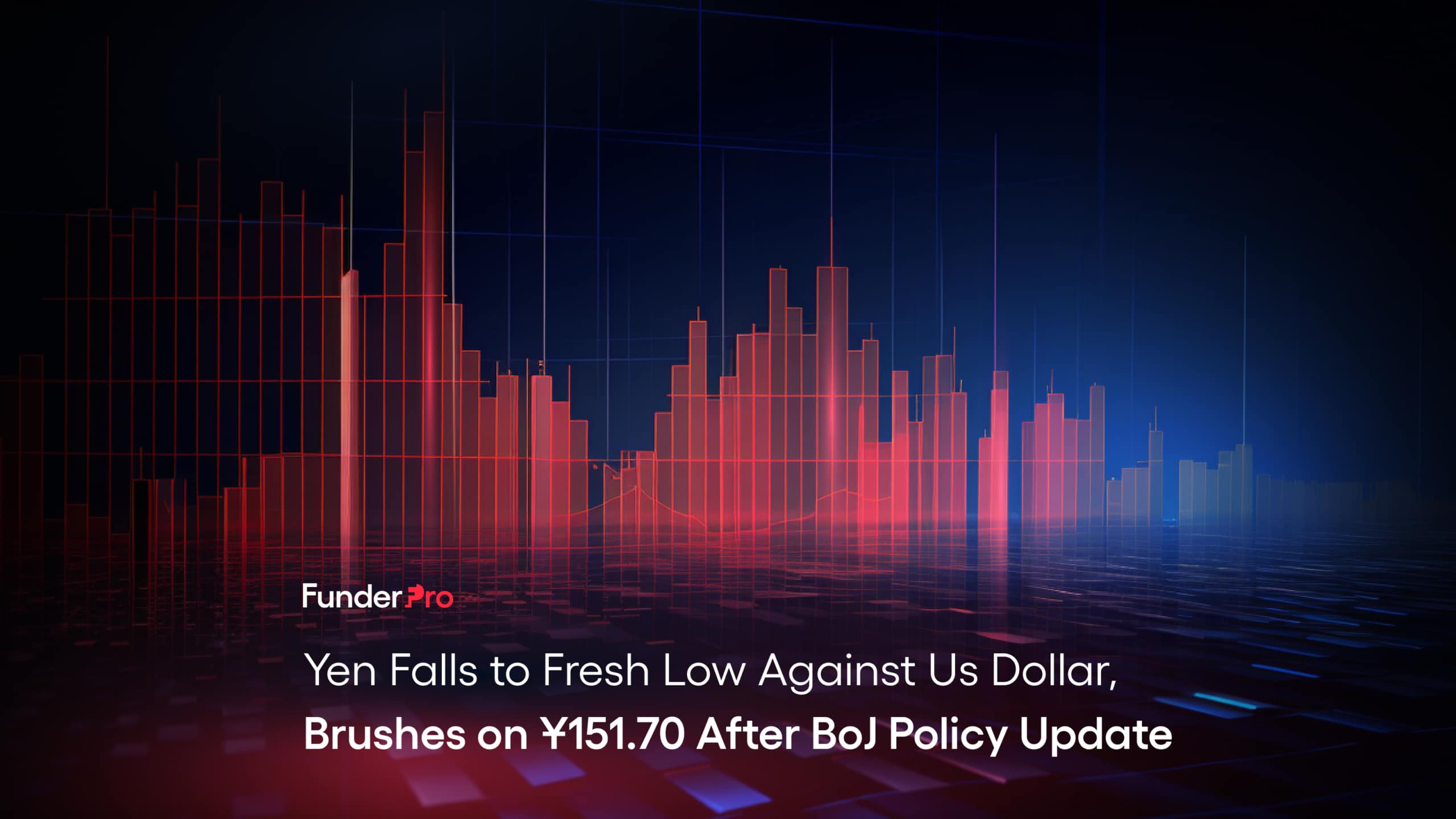
Yen Falls to Fresh Lows Against US Dollar, Brushes on ¥151.70 After BoJ Policy Update
Key Takeaways
- The Bank of Japan kept its policy rate steady in negative territory
- Japanese yen continues to weaken, nearing 1990 lows
Under Pressure
The Japanese yen extended its descent against the dollar as the USD/JPY pair is currently trading at ¥150.2. The Asian currency plummeted as low as ¥151.70 on Tuesday in response to the Bank of Japan announcing its updated monetary policy following its Oct.31 meeting.
In Tokyo, the Bank of Japan (BoJ) continued to adopt a dovish stance, keeping its short-term interest rate of -0.1%, maintaining its position as the only central bank with a negative interest rate. Not only that, but the central bank adjusted its yield curve control (YCC) policy, allowing for some flexibility to the 1% upper-limit level from their current 0% policy on 10-year government bond yields.
Although Japan’s policymakers hope to reach their 2% inflation goal by 2025, their expected core inflation data for 2024 has risen from 1.9% to 2.9%, with the current rate standing at 3%.
The poor performance of the yen is weighing heavily on market sentiment, as investors stay on high alert for potential Japanese government intervention to prop up their currency. When the yen hit the ¥150 mark in late 2022, the government sprung into action with a cash injection to the tune of $42.8 billion. That being said, there’s no escaping the fact that the Japanese yen is the worst-performing currency of 2023, dropping over 14% against the US dollar.
Stark Difference
Thousands of miles apart, the US and the Japanese central bank vastly differ in their stance on monetary policy. Speaking Wednesday, Federal Reserve Chairman Jay Powell announced that the US central bank will keep its benchmark interest rate unchanged at a 22-year high, currently at the 5.25% – 5.50% level.
Even though the unanimous decision was widely expected among economists, it still had a ripple effect on stocks. Wall Street’s major indexes the S&P 500 and the Dow Jones climbed 1.05% and 0.67% respectively. The tech-heavy Nasdaq rallied the highest by Wednesday’s market close, with a formidable gain of 1.64%.
To cap off this week, the US nonfarm payrolls will be reported on Friday, and the market is not expecting as much of a surprise as we got last month. Payrolls soared 336,000 in September, annihilating estimates of 170,000. Analysts are expecting to see 189,000 jobs created in October, which seems slightly conservative given last month’s numbers.
Taking all of this into account, traders should monitor the yen closely for signs of government interference. Japanese officials have previously stated they are monitoring the situation, and are willing to intervene as necessary. Any assistance from the BoJ to stabilize the Asian currency may stir up the market.



